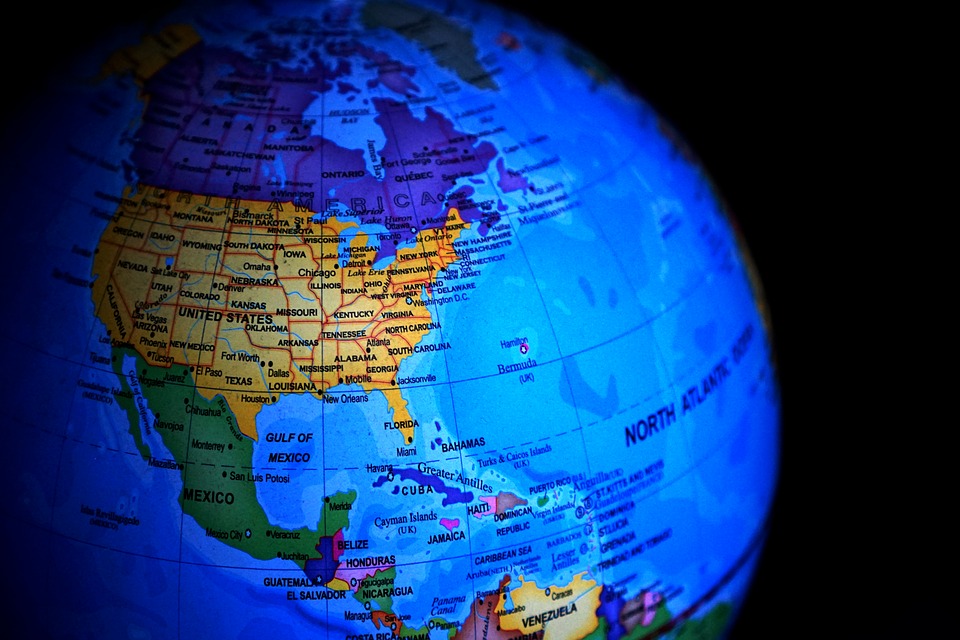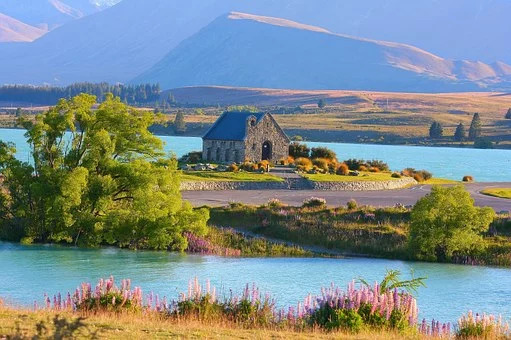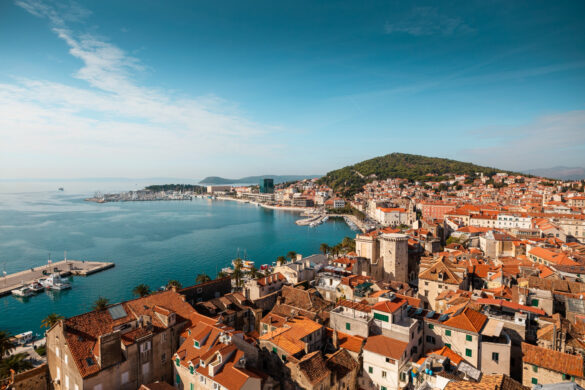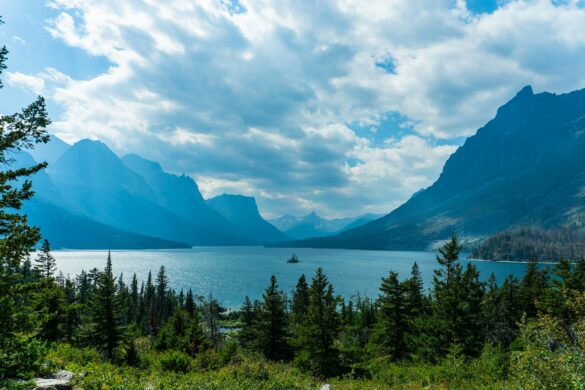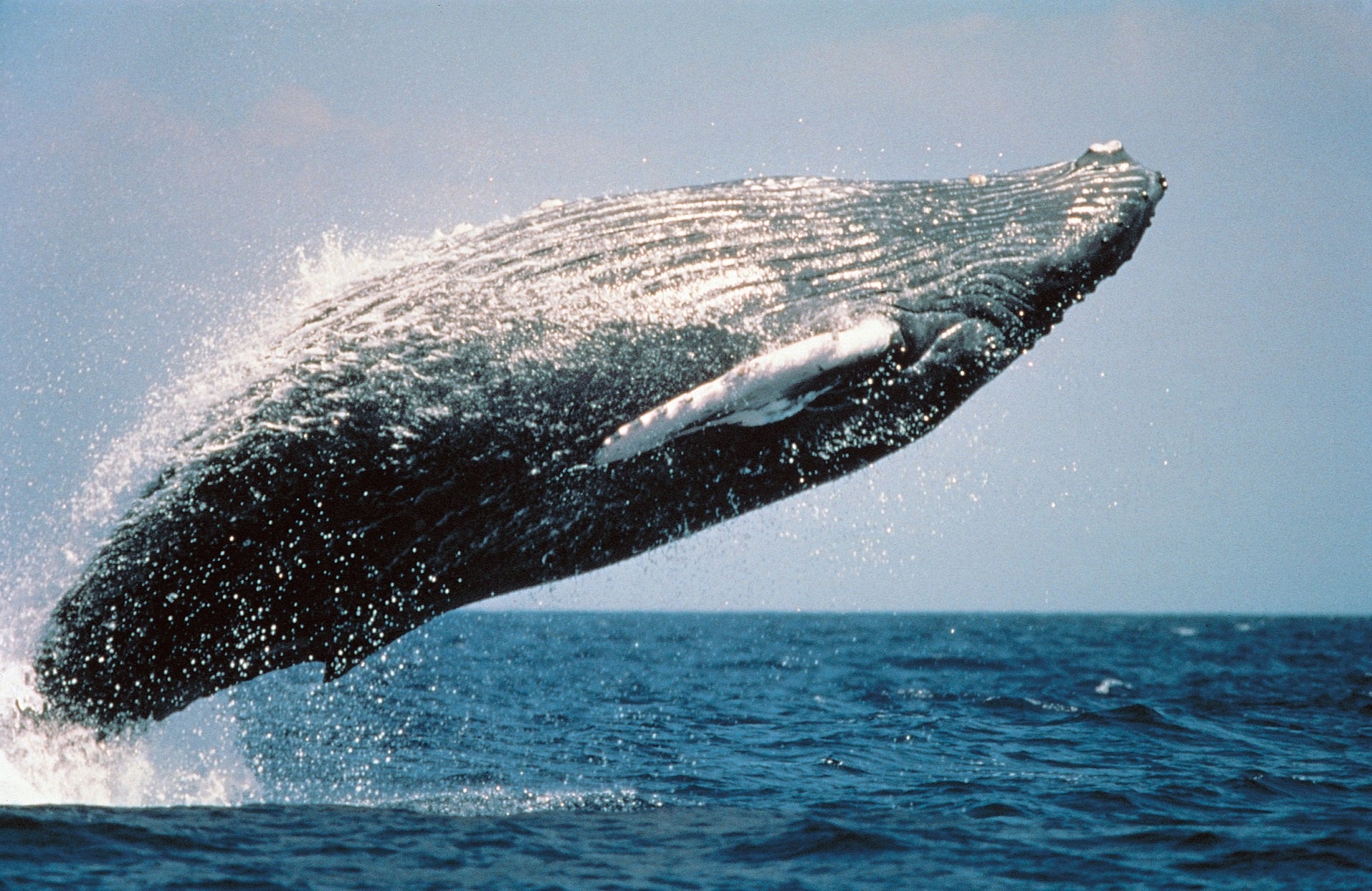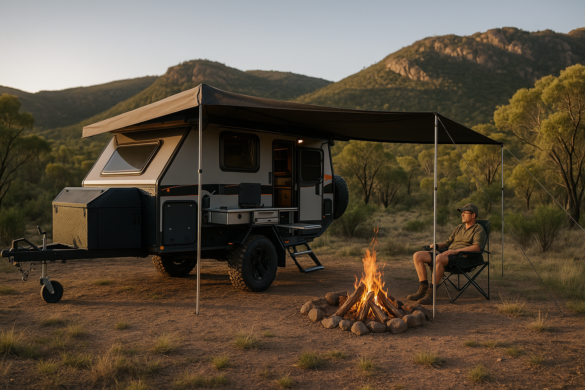 Most people think of vacations as lying on a beach, eating good food, and maybe checking out a few famous landmarks. That’s fun, but there’s a whole other way to travel—one that makes every day feel exciting and unpredictable. Adventure trips are about doing things instead of just watching. They give a sense of accomplishment, whether it’s climbing a mountain, kayaking in clear water, or hiking a trail that ends with an unbelievable view.
Most people think of vacations as lying on a beach, eating good food, and maybe checking out a few famous landmarks. That’s fun, but there’s a whole other way to travel—one that makes every day feel exciting and unpredictable. Adventure trips are about doing things instead of just watching. They give a sense of accomplishment, whether it’s climbing a mountain, kayaking in clear water, or hiking a trail that ends with an unbelievable view.
The cool thing about this kind of travel is that it doesn’t have to mean being super tough or extreme. Adventure trips can fit almost anyone, as long as there’s a little curiosity and a willingness to try something new.
Choosing the Right Destination
The first step is deciding where to go. The destination sets the mood for the entire trip. Some people want snowy peaks, while others picture deserts or tropical jungles. For those who love history and big views, Peru is a perfect example. The trails around the Andes let travelers mix culture, nature, and challenge in one place.
For anyone curious about South America, the best Machu Picchu hiking tours are worth looking into. They combine stunning mountain scenery with ancient Incan history, making the journey just as incredible as the destination. The path you take matters almost as much as the place you end up, and that’s what makes a trip feel like an adventure rather than just another holiday.
Setting the Right Mindset
Adventure travel works best when approached with the right attitude. It’s not always easy. There might be long walks, unpredictable weather, or moments when comfort takes a back seat. But those are the parts that make the experience feel real. Instead of stressing about everything being perfect, the key is to expect a little unpredictability.
Think of it as trading convenience for memories. The small challenges become stories that are retold later. Nobody remembers the smooth taxi ride, but they’ll always laugh about the muddy trail that led to the most amazing view.
Planning Without Overplanning
It might sound strange, but too much planning can take away the sense of adventure. Of course, certain things need to be organized in advance—like tickets, main accommodations, or tours that require booking early. But leaving gaps in the schedule opens the door for surprises.
Adventure trips should have room for flexibility. Maybe you find a local guide who offers to take you on a trail not listed in guidebooks. Or perhaps a small town festival pops up and you get invited. Those are the unexpected moments that end up becoming the highlights.
So, plan the basics, but resist the urge to fill every minute.
Packing Smart
Packing for an adventure trip feels different from throwing clothes in a suitcase for a regular holiday. Comfort and practicality come first. A good pair of shoes can make or break a hiking day. Weatherproof layers save a lot of stress when rain or wind shows up. And while gadgets are fun, carrying too many things can weigh down the whole experience.
A backpack works better than a heavy rolling bag when traveling through uneven areas. Think about what will be used daily, not what “might” come in handy. Traveling light makes it easier to move quickly and enjoy the experience instead of worrying about stuff.
Balancing Activity and Rest
Adventure doesn’t mean pushing nonstop from sunrise to sunset. A big part of enjoying the trip is knowing when to slow down. After a long hike, sitting by a fire or eating a local meal feels even better. Rest days are not wasted—they’re what give the body energy for the next round of exploring.
Some of the most memorable moments happen during breaks. Chatting with locals, tasting new foods, or just soaking in the view can feel as rewarding as the climb itself. Balance makes the journey sustainable and enjoyable.
Connecting With Culture
Adventure isn’t only about physical challenges. It’s also about connecting with the place in ways that go deeper than just sightseeing. Talking to locals, trying new foods, and learning even a few words of the language can make a huge difference.
For example, joining a guided hike in Peru isn’t just about reaching the ruins. Guides often share stories about the Incan Empire, the plants used for medicine, and traditions still alive today. Those small details give the trip meaning beyond the scenery.
Embracing the Unknown
One of the most exciting parts of planning an adventure trip is knowing that not everything can be planned. There will be moments of surprise, both good and challenging. Weather changes, sudden detours, or running into wildlife are all part of the package.
Instead of viewing these as problems, it helps to see them as part of the story. Adventure means not being in full control, and that’s what makes it feel different from a regular holiday. It’s the mix of planning and uncertainty that creates something unforgettable.
Making Memories That Last
Adventure travel leaves stronger memories than standard vacations because it engages more senses. The sound of boots crunching on gravel, the sight of a sunrise over a mountain, the taste of food cooked on an open fire—all of it sticks longer than a souvenir.
Photos and videos are great, but the feelings are what stay forever. Every time the story is told, the excitement comes back. That’s why so many people who take one adventure trip end up planning another.
Final Thoughts
Planning a trip that feels like an adventure is about more than where you go—it’s about how you approach it. Choosing a destination with challenges and surprises, keeping plans flexible, packing with care, and embracing the unexpected all create a journey that feels alive.
The best adventures don’t always go exactly as expected, and that’s what makes them worth remembering. Each step, each challenge, and each laugh along the way adds up to something far bigger than a typical holiday. For anyone ready to go beyond the usual trip, adventure travel is the way to make memories that truly last.

